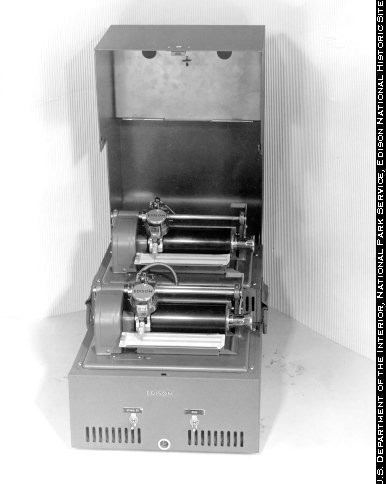There were niche markets to be served. Some organizations ran their own private telephone or telegraph systems, and they were allowed to use non-AT&T equipment if they desired. In 1926, for example, the Columbia company, which manufactured Dictaphone office dictation equipment, announced its Telecord, an electronic telephone recorder (though still using wax cylinders). Similarly, Thomas A. Edison, Inc. introduced its Telediphone for the same purpose. AT&T evaluated these devices and received requests from customers to use them, but decided not to allow ordinary consumers to install them on its public network (they could still be used on the small number of non-AT&T systems)
Demand for telephone recording grew–some companies and individuals went so far as to write to AT&T to ask why such equipment was not available. By 1930, AT&T later modified its rules, allowing the use of a Telecord in conjunction with a Private Branch Exchange–a sort of small switchboard installed in office buildings. However, the way the machine could be use was quite restricted, and it was expensive as well. It did not prove popular with customers.
